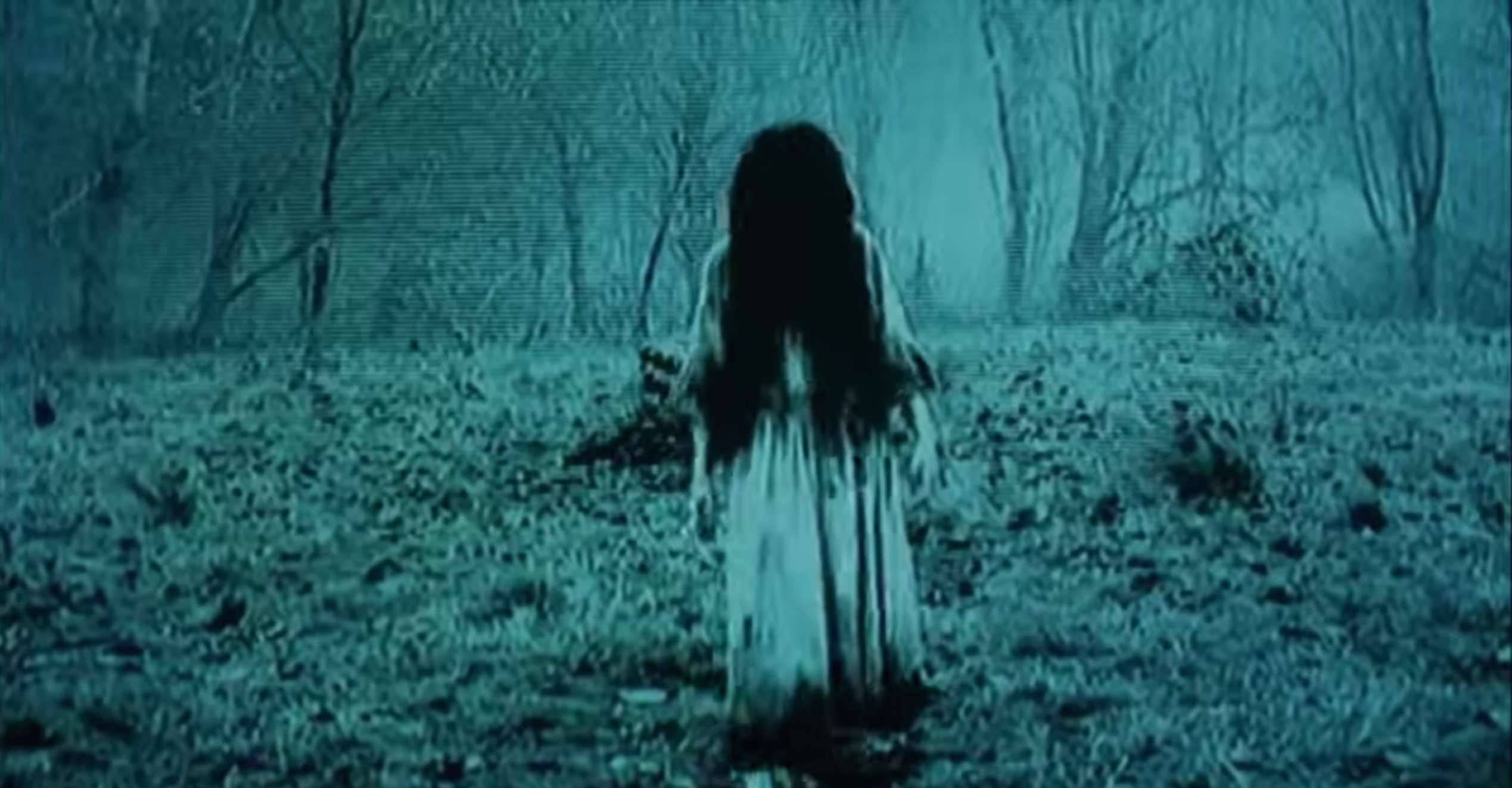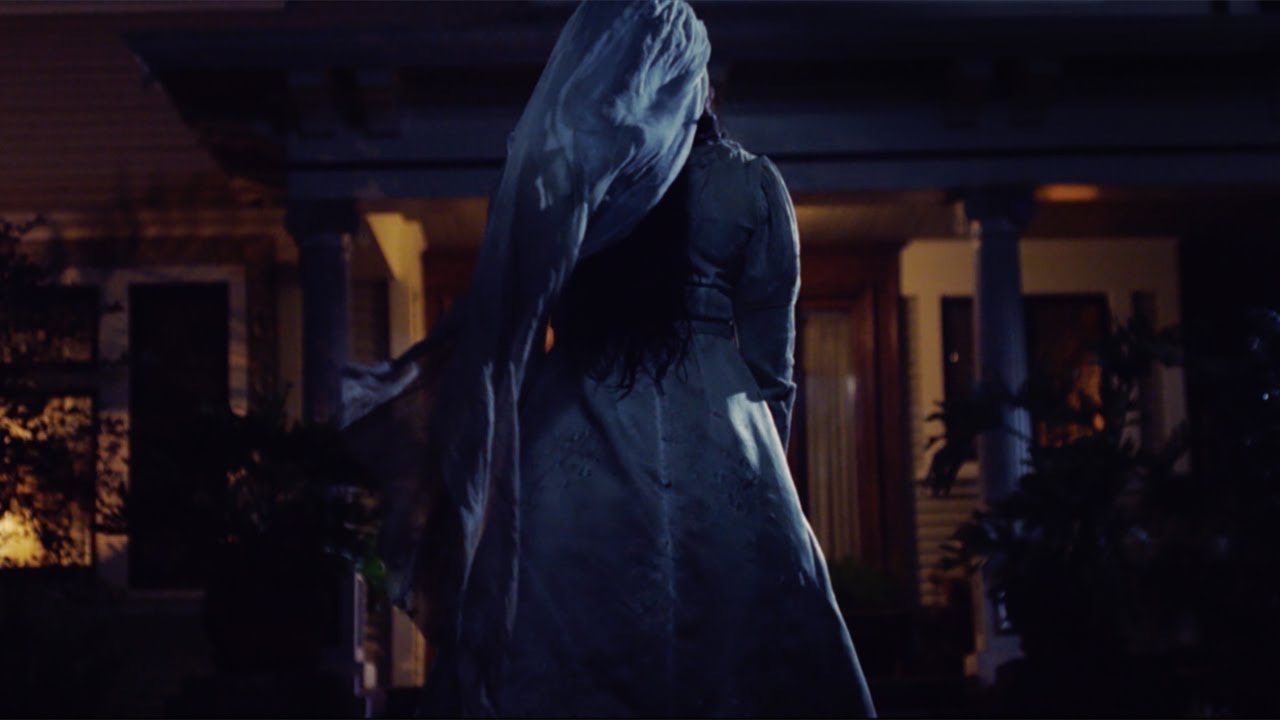Horror stories can tell us a lot about female rage
Every week, PhilSTAR L!fe explores issues and topics from the perspectives of different age groups, encouraging healthy but meaningful conversations on why they matter. This is Generations by our Gen Z columnist Angel Martinez.
A young lady is raped and killed and now haunts Balete Drive as an unmistakable vision in white. A little girl peers over the street where she was fatally hit, from the window of her Baguio mansion. A manananggal perches from a tree, ready to attack a sleeping pregnant woman. Such figures are so ingrained in our cultural lexicon that we are trained to fear them from our first moment of sentience. It’s the way of life wherever you go: the United Kingdom has the beheaded Anne Boleyn, Latin America has the weeping La Llorona, and we all share the omnipresent Bloody Mary.
And since art imitates life, our folkloric penchant for female spirits takes center stage in our cinema. Recent statistics from The Hollywood Reporter show that 43% of female protagonists appeared in horror films, as opposed to just 4% of male leads—a stark contrast that isn’t that hard to believe if we recall The Ring or The Conjuring. But, has anyone else ever bothered to ask why all these wronged, angry, and vengeful figures from the afterlife are women?
As unorthodox as it may sound, horror has long served as a mirror of the human condition and a means of discovering our deep-seated fears. “These films tend to have their finger on the pulse of what society is fearful or anxious about at the time they were made. Moral and social panics often show up in these movies as monsters or metaphors,” Michelle Martinez, a film and media studies instructor, writes.

Ideally, there’s something cathartic about witnessing such depravity from a safe distance. But women don’t find the same comfort. Our celluloid counterparts are often passive, powerless victims; slasher movies, in particular, show young, virginal girls at the mercy of men carrying unpent desire and unexpressed rage like in the '90s thriller Sa Aking Mga Kamay. Seeing as Martinez also mentioned horror’s function as a cautionary tale, it seemed that liberated and progressive women were punished, while the chaste were rewarded with a chance of survival.
It’s a metaphor for where women stood in society, actually. Ghost stories rose to prominence in a milieu when our role was confined to the home, performing domesticity and subservience until our inevitable death. Because of their relative uselessness in the eyes of the majority, those who have been abused by their husbands or ostracized by their outer circles could only ever achieve some semblance of justice in the afterlife. Men, on the other hand, don’t exactly fit the bill of a “helpless” victim as they’re afforded the luxury of retaliation.
But today, we see a subversion of this trope in the form of the “female rage” genre. Women are still harmed and wronged, yes, but now, they bite back. “Many horror films consciously utilize female rage to shed light on specific injustices,” sociologist Ash Presto explained to PhilSTAR L!fe. “This deliberate use of rage as a narrative tool allows filmmakers to engage with and critique real-world issues directly affecting women.”
One key marker that separates this subgenre from male-dominated horror narratives is called the “intellectualization of the anger.” Onscreen men basically kill because they can, without any need for rhyme or reason, but every infuriated woman is reacting to a personal grievance that is indicative of a wider societal imbalance. Though these examples are from a few years back, we see in Bliss (2017) that Jane’s descent to madness is fueled by her desire to make something of her floundering career, and in Segunda Mano (2011) that Mariela’s constant apparitions were her way of protecting her sister from domestic violence.

However, Presto indicates that there is still a fine line between empowerment and hysteria. “When [female rage] is used mainly for shock value or sensationalism, the same rage can exploit women’s experiences of violence and suffering and reduce these complex experiences to mere plot devices.” She also mentions that in sociology, painting women with uncontrollable emotions could feed into stereotypes that only serve their “more rational male counterparts.”
Despite how the odds are stacked against us, female anger is often seen as a symptom of some kind of disorder. Our ancestors were prescribed lobotomies or sedatives to assuage their so-called “mental troubles”; yet, anger and aggression are just part and parcel of the male experience. While their rage is normally projected outwards, we suppress negative emotions until they fester and eventually infect us. It’s no surprise, then, that Filipino women exhibit higher rates of mental health conditions, including mild to severe depression and stress.

In a world where men don’t have to come back from the dead to terrorize the living, women have so much to be angry about. We face constant fear of violence, suffer from economic inequality, and are expected to perform archaic roles that limit our self-actualization, among many other reasons. Rather than passively accepting our fate like the horror movie’s perfect victim, I think it’s a sign of progress that we’re no longer ashamed to express our anger. Of course, this isn’t a direct endorsement for exhibiting psychopathic and murderous tendencies; just an examination of alternatives. Those who fittingly react to oppression through rage are often cast aside and told to “calm down” in hopes of starting a more constructive discussion—a maddening phenomenon feminist philosopher Amia Srinivasan refers to as “affective injustice.”
Instead of seeing this very human reaction as a hormone-induced fit of rage, it should be treated as a call to change unfair conditions. We don’t have to wield weapons or start literal fires. Sometimes, this could just mean pointing out a misogynistic comment or move as it’s made, establishing firm boundaries, or expressing any manifestation of inequality, whether at home or at the workplace.
In case we cower in the face of these looming injustices, we can always turn to this new legion of horror movies as a reprieve. It’s refreshing to see our anger on full display, to know that there is an alternate universe out there where a girl won’t have to patrol Balete Drive and prey on drivers, or terrorize unborn children for sustenance, where we don’t have to die to exact revenge or receive equal treatment. Somewhere out there, we actually win.
Generations by Angel Martinez appears weekly at PhilSTAR L!fe.



